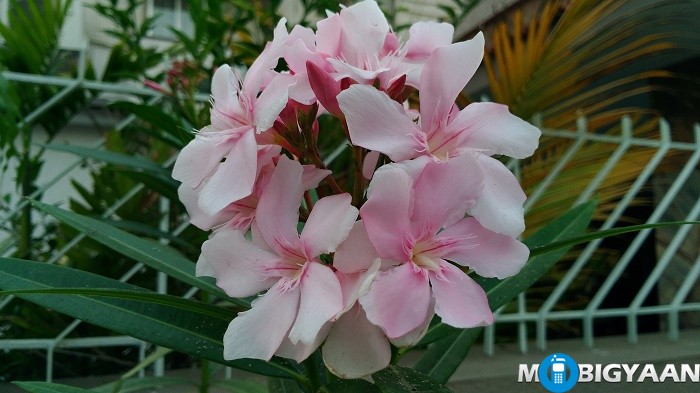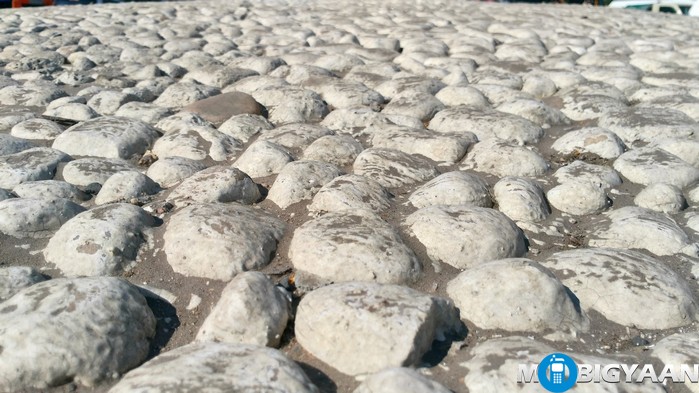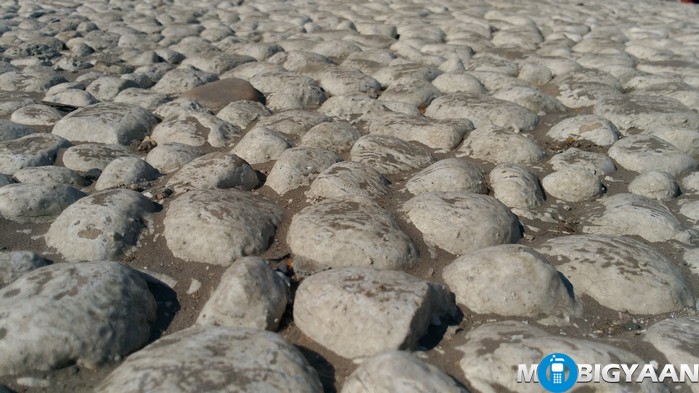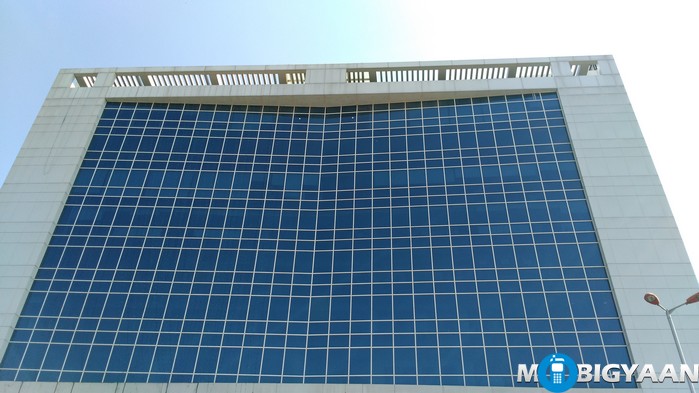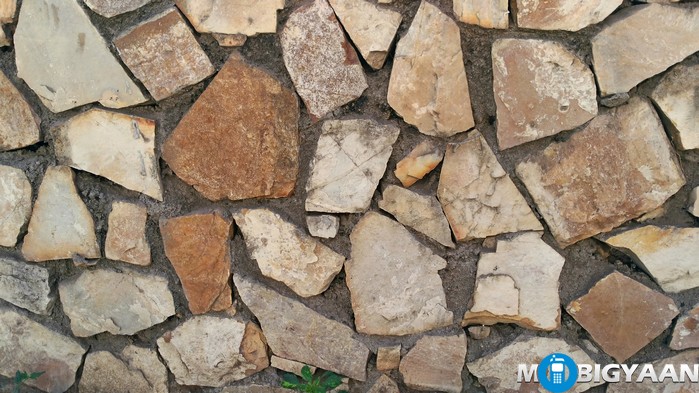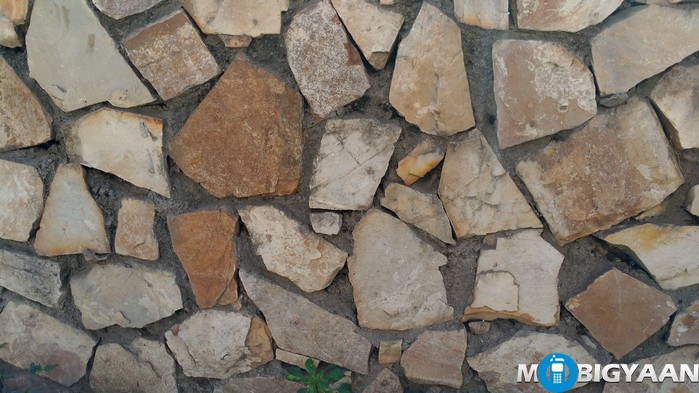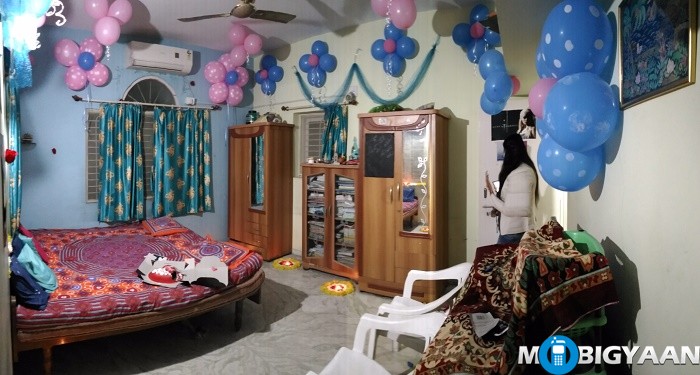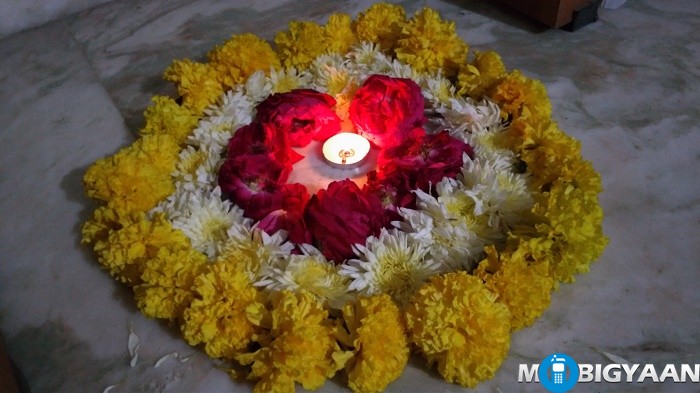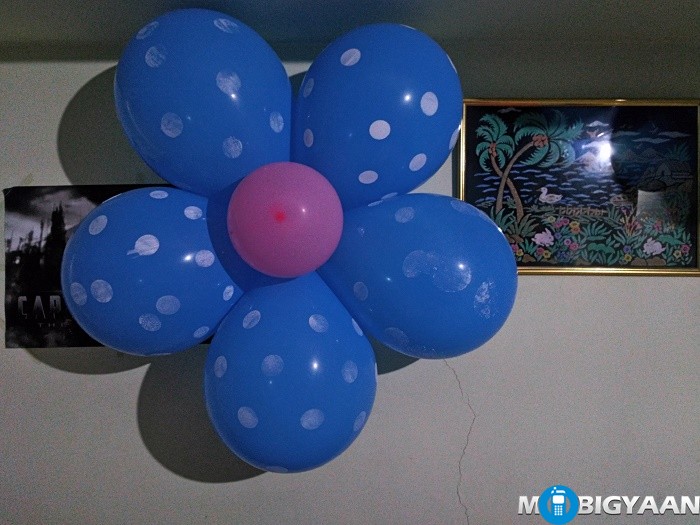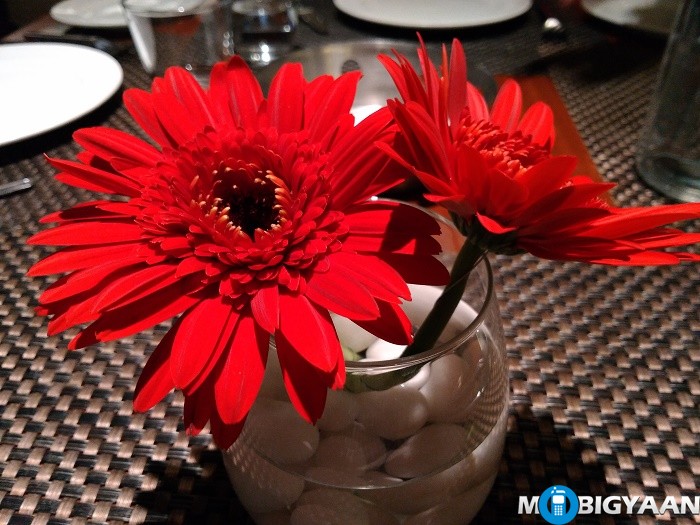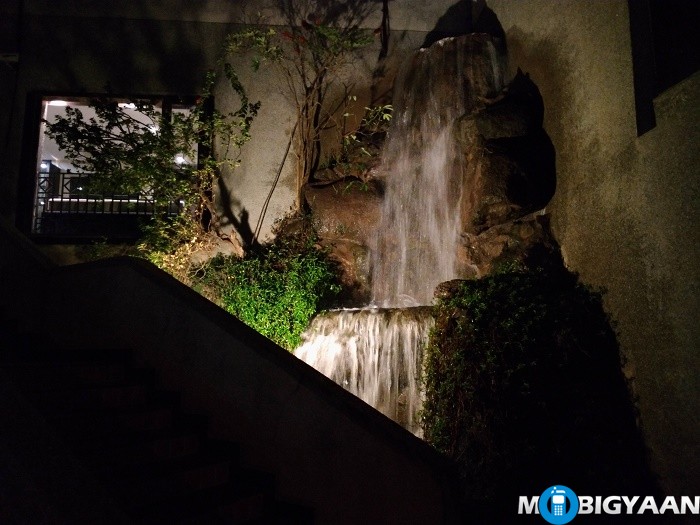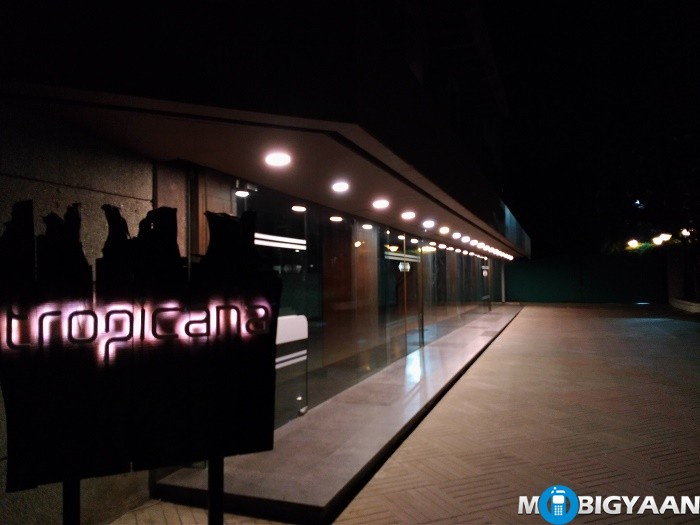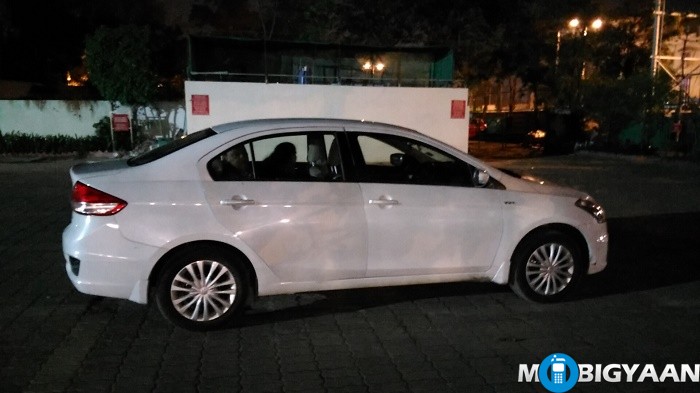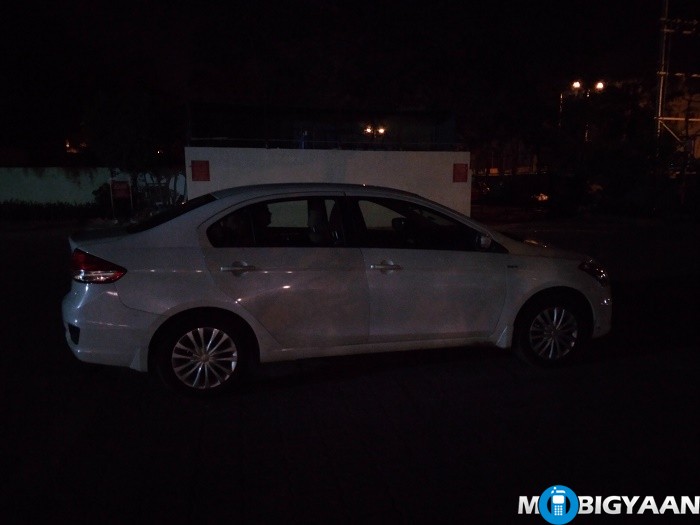Since ASUS entered the premium segment, the Zenfone 3 series is all about design and camera. Several smartphones come with a top hardware but lack a good camera and design. Finally, ASUS has launched ZenFone 3 series smartphones in India with a great design including the 2.5D curved glass. We got ZenFone 3 Laser with us for testing, find out more in our ASUS ZenFone 3 Laser review.
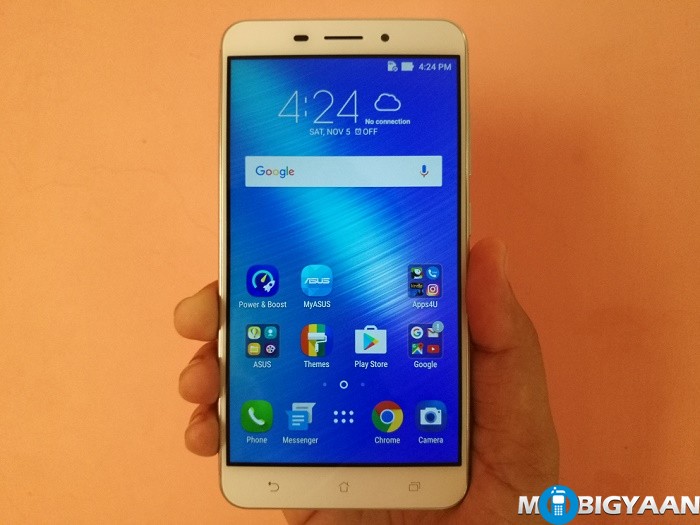
What’s in the Box
- ASUS ZenFone 3 Laser with built-in battery
- Micro USB Cable
- Charger (5V, 1A)
- Earphones (with extra ear buds)
- SIM Tray Ejector Pin
- User Manual and Warranty Card
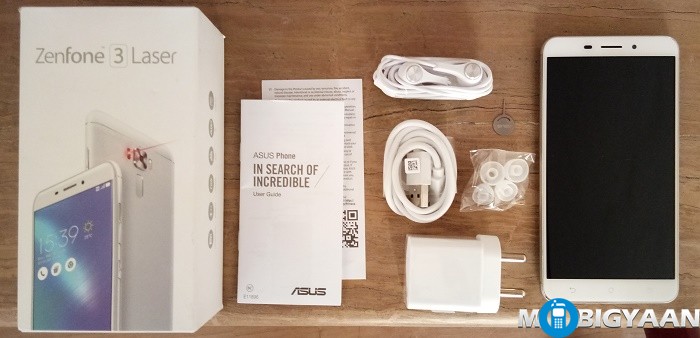
ASUS ZenFone 3 Laser Specifications
- Display: 5.5-inch Full HD IPS Display (1920 x 1080 pixels resolution | 401 ppi pixel density) with 2.5D curved glass
- Fingerprint Scanner: Yes, at the back
- Software: Android 6.0.1 Marshmallow with ASUS ZenUI 3.0
- CPU: 1.4 GHz Cortex-A53 octa-core processor, Qualcomm Snapdragon 430 SoC
- GPU: Adreno 505
- Memory: 2 GB LPDDR3 RAM / 4 GB LPDDR3 RAM
- Storage: 32 GB or 64 GB internal storage, MicroSD support up to 256 GB
- Main Camera: 13 MP f/2.0 laser autofocus, dual-tone LED flash, 1080p @30fps
- Front Camera: 8 MP f/2.0, 1080p @30fps
- Connectivity: Micro USB, 3.5 mm stereo jack, Wi-Fi 802.11 b/g/n, Bluetooth 4.2, A-GPS, GLONASS, BDS
- Cellular: 4G LTE, Dual Micro SIM (GSM + GSM), VoLTE-enabled
- Battery: 3,000 mAh Li-Ion (non-removable)
- Dimensions: 149 mm x 76 mm x 7.9 mm
- Weight: 150 grams
- Colors: Sand Gold, Glacier Silver
- Price: ₹18,999
- Warranty: 1 Year Warranty
Design and Build
I remember the previous generation ZenFone 2 Laser which was quite cheap (almost half of the price as this one hold), the new design will keep it different than the old series. What has changed in the new ZenFone 3 Laser is the overall design and look. It though looks similar to ZenFone 3 but with metallic unibody, not the glass back. Moreover, it feels very light in weight and has a slim profile your hands doesn’t want to go off.
Just like its sibling ZenFone 3, the Zenfone 3 Laser is light in weight (150 grams). Assuming it to be the lightest of all the ZenFones (around 150 grams only) in the 5.5-inch category. Holding the phone is a pleasure, the curved edges, textured design at the back, brushed aluminum, while the front flaunts a 2.5D curved Gorilla glass. The display has very thin bezels, less screen to body ratio.
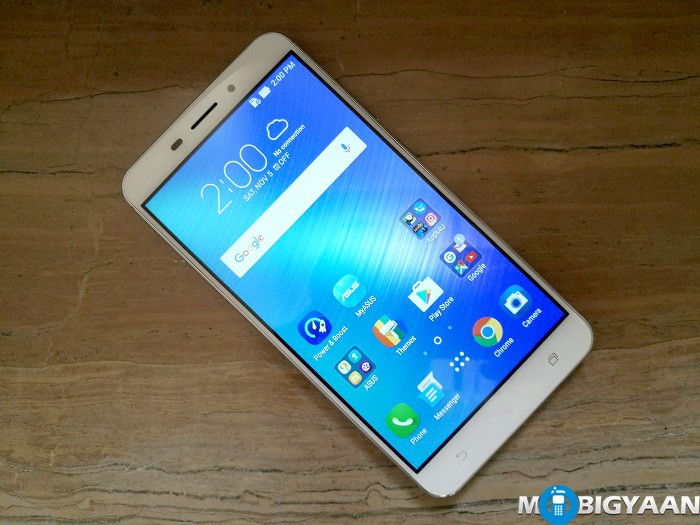
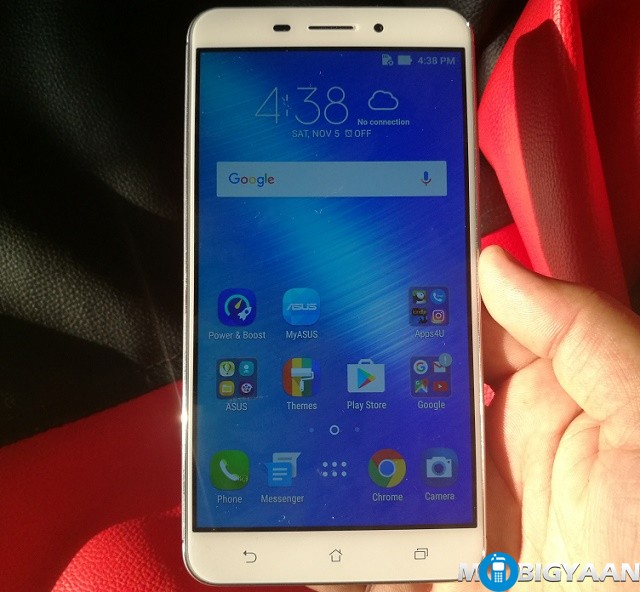
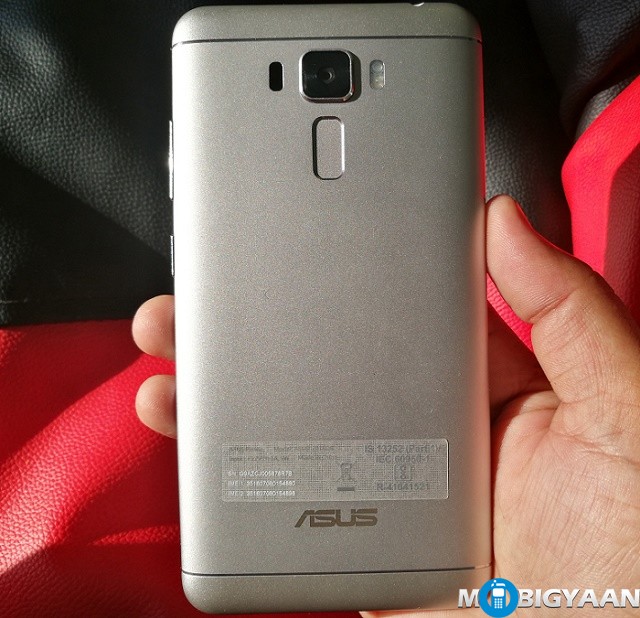
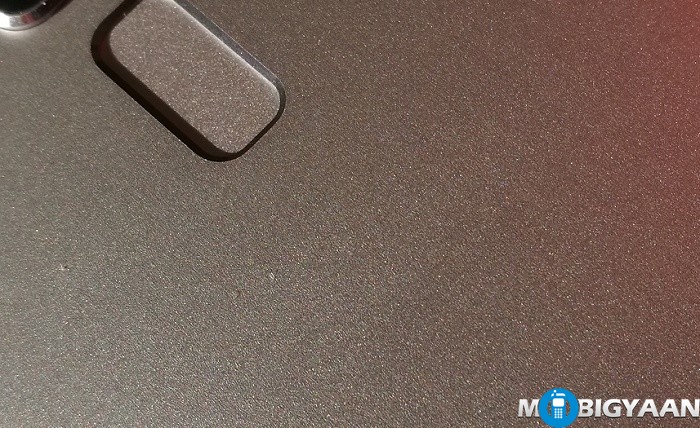
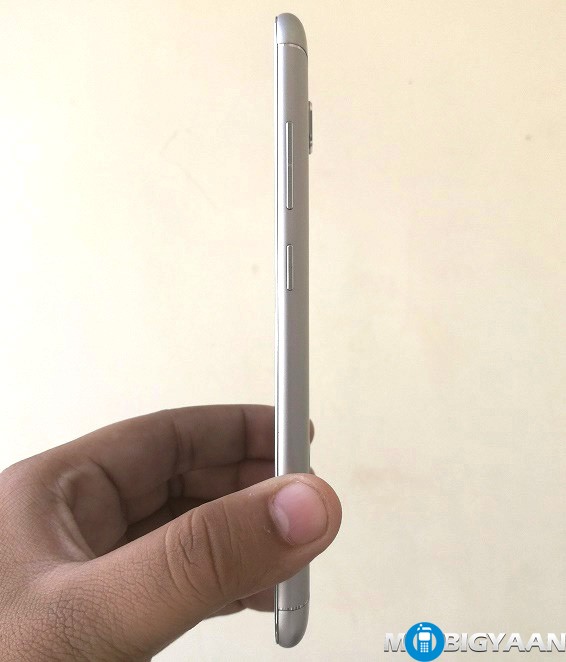
Taking a closer look at the phone, I noticed the camera and CPU are degraded from the ZenFone 3. Also, it doesn’t come with USB Type-C like its sibling, but good thing the battery is slightly higher as compared (3,000 mAh). The ZenFone 3 Laser is actually a 5.5-inch device not having Super IPS+ but just IPS display.
Its 13 MP camera has a laser autofocus, unlike ZenFone 3 Max, and a dual-tone LED flash that aids in better night photography. The front has an 8 MP camera. Below the camera is a long fingerprint scanner which is freaking fast, as fast as the ASUS ZenFone 3.
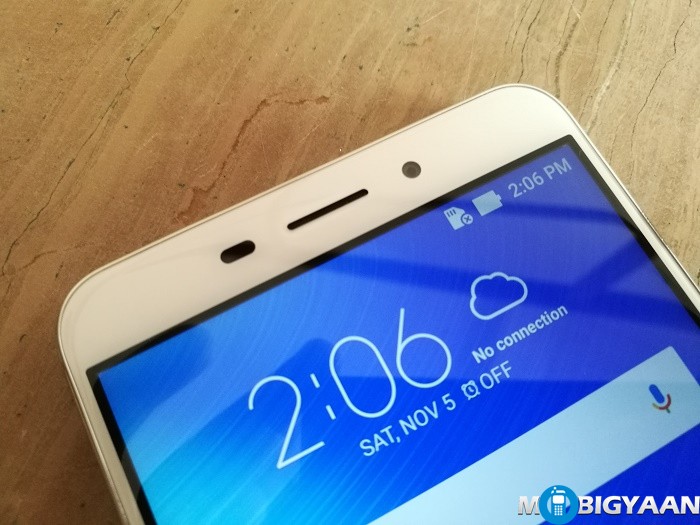
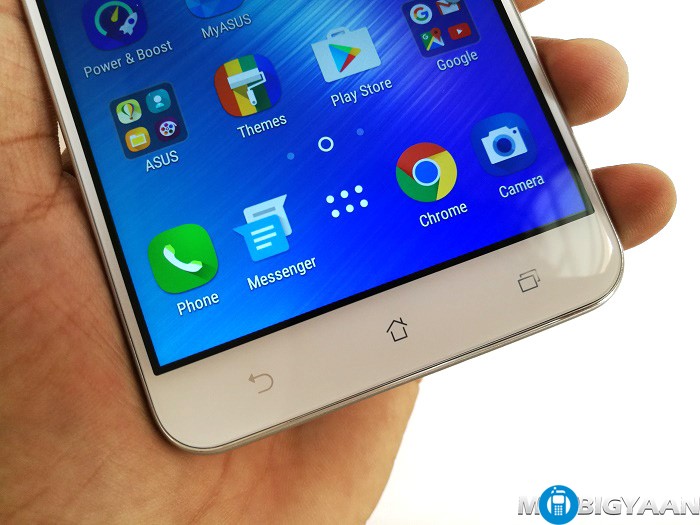
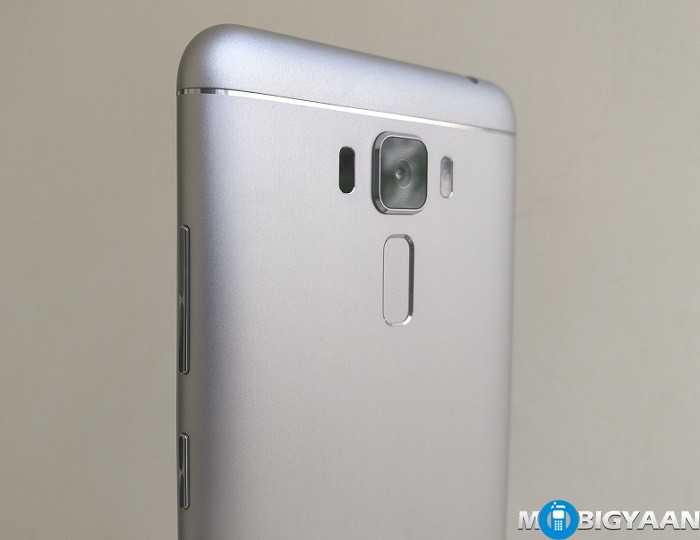
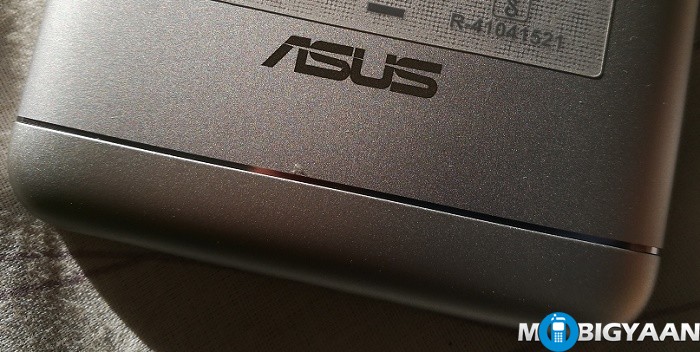
The right has volume keys and a power button as seen in the rest of the series, the design follows the trails already. The hybrid SIM tray on the left supports 4G network and VoLTE. It can hold one Micro SIM and one Nano SIM (GSM + GSM) or one Micro SIM and one MicroSD card (GSM + MicroSD).
The speakers on the bottom are really loud and sound crisp and clear. It doesn’t use a Type-C USB but the standard Micro USB port. On the other hand, a 3.5 mm headphone jack is given on the top. Two microphones are located on top and bottom.
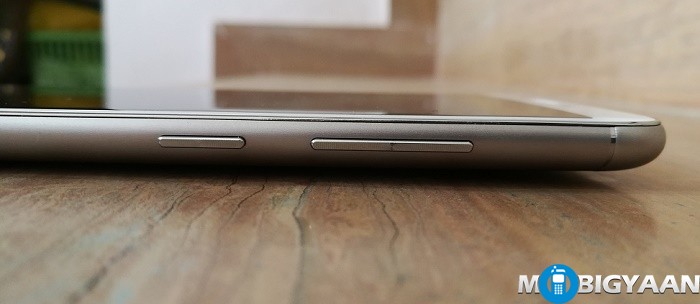
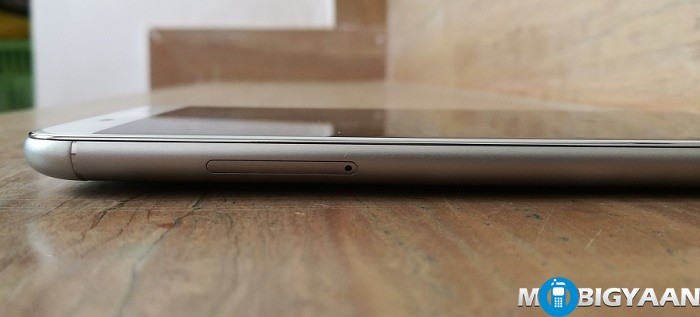
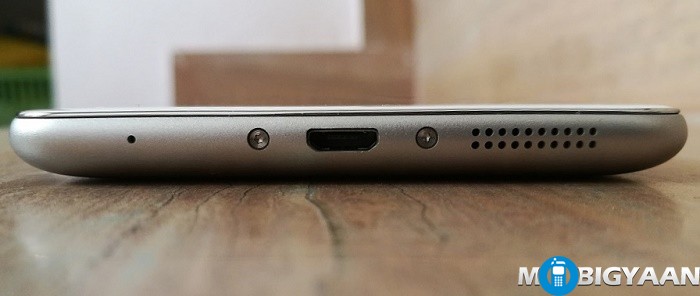
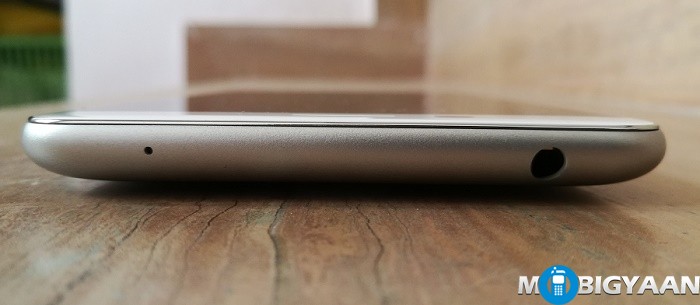
Display
The screen occupies much wider space, less screen to body ratio. The display bezels are very thin. It’s 5.5-inch IPS display is a full HD (1920 x 1080 pixels), unlike the ZenFone 3 Max that uses a 720p. Hence, the display quality is close to those higher-end ZenFones with IPS panel display. Although, the display isn’t Super IPS+ but it can produce balanced colors and contrasts. The super smooth Gorilla Glass on the display is curved on the edges i.e. known by the name 2.5D curved glass.
ASUS gives the option to change the color temperature in the display settings. You have the option to adjust the temperature of the colors. The brightness levels are satisfactory, you can view under sunlight shade, but may get a bit of reflection since the display glass is highly polished like ZenFone 3.

Software and User Interface
ZenUI 3.0 is the new interface ASUS released for the new ZenFone 3 series. ZenFone 3 Laser has the same Android 6.0.1 Marshmallow based ZenUI 3.0 as seen in the rest. It uses the recent Android security patch from August 2016.
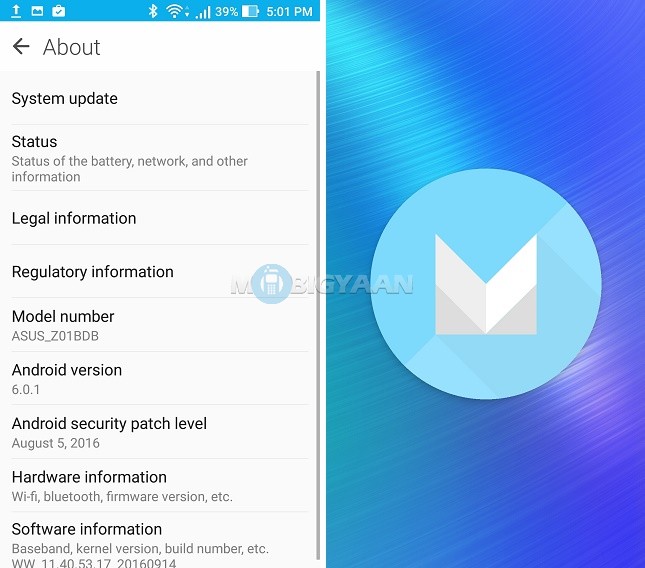
ZenUI 3.0 looks refreshing since it has got a few updates. You might be knowing that ZenUI software is highly customizable. Personalization with the ZenUI is great, it is easier to change the look and feel the way you want. It has various themes built-in. We have already explained the software part in ASUS ZenFone 3 and other ZenFone reviews. You can head to our Reviews section on the top.
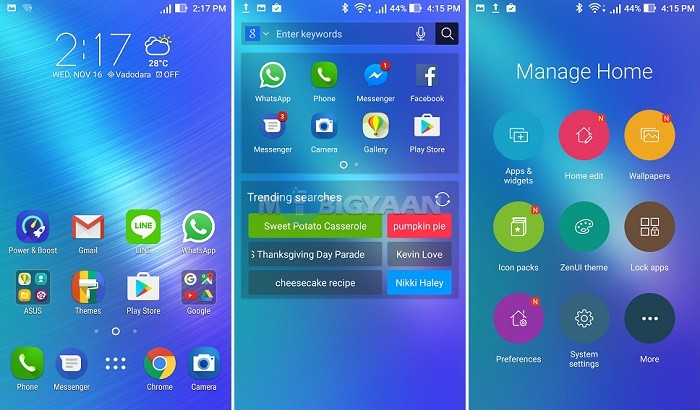
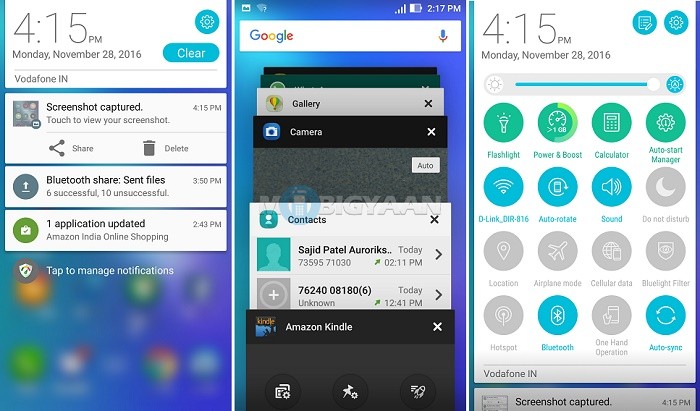
When it comes to the fingerprint scanner, ZenFone 3 series are no doubt the best in its class. ZenFone 3 Laser seems to be using the same fingerprint scanner module used from the original ZenFone 3 or it is just close enough. The scanner is really fast and unlocks the device in no time.
The scanner also supports different gestures like answer incoming calls using the scanner. It doesn’t require you to press the power button but it unlocks without any pressing buttons, just like the other ZenFone 3’s.
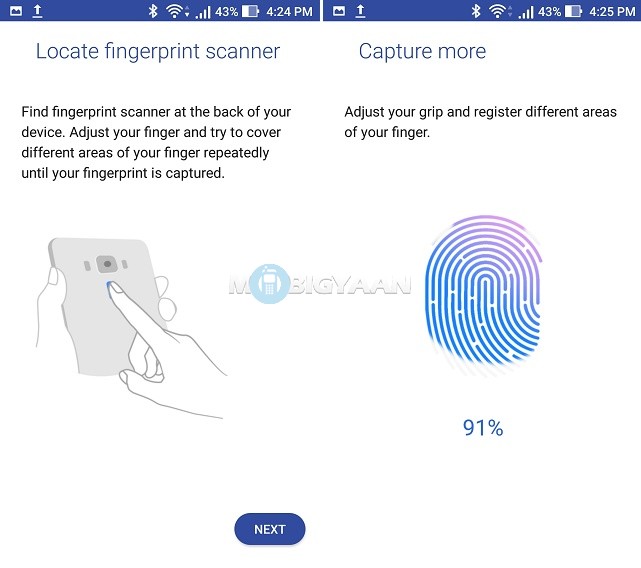
Hardware, Performance and Gaming
On the hardware side, it is backed up with the latest Qualcomm Snapdragon 430 SoC (MSM8937). It consists of an octa-core CPU clocked at 1.4 GHz (Cortex-A53) along with 2 GB RAM and Adreno 505 GPU. By looking at the benchmarks down below, I can assume that the performance of the device is close to Snapdragon 616. Not major lags found, the apps run smooth. Although the device struggles a bit when multitasking, the performance of the device can be decent for those who use the device normally.
Unfortunately, I found out that the phone doesn’t play 4K videos properly, but you can still use third party apps like MX Player to do the job. Nevertheless, the CPU power is slightly above entry level performance and sits right below the midrange hardware (Snapdragon 650).
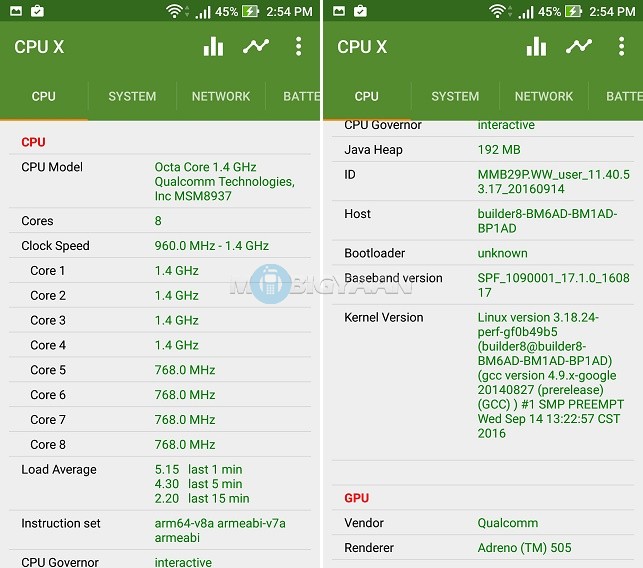
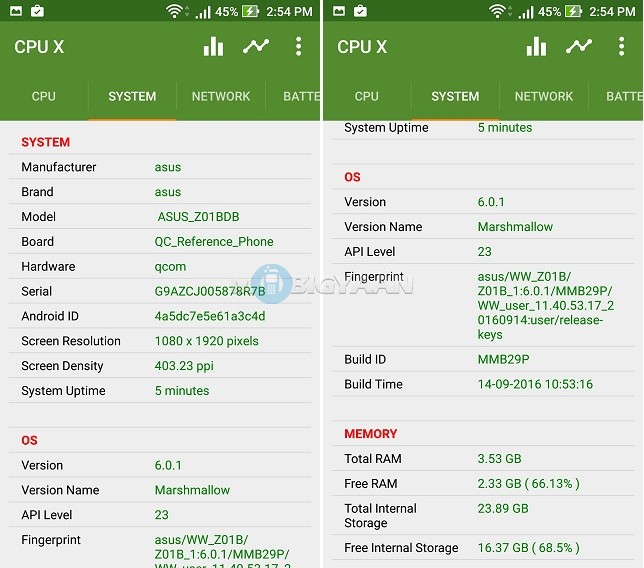
The benchmarks we did are AnTuTu with 44,060 points, Geekbench 4 with 634 points (single core) and 2,011 points (multicore). The Geekbench 4 GPU benchmark scored 1704 points. The Quadrant benchmark scored 19,527 points.
The benchmarks can be no good for a geek like me. By these numbers, I would say there are devices available that perform better at numbers at this price range. ZenFone 3 Laser is not the best in performance but it sure does the job for essential tasks.
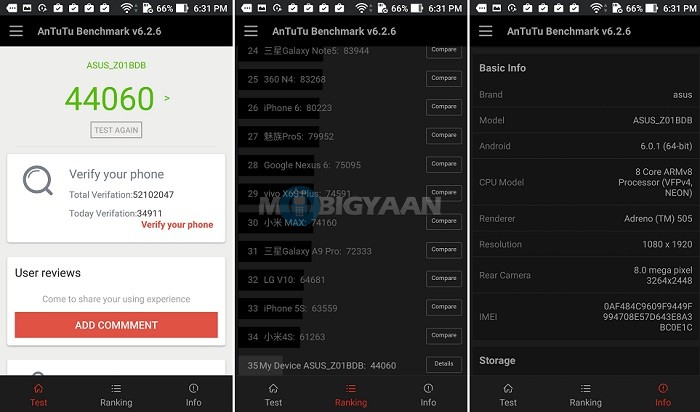
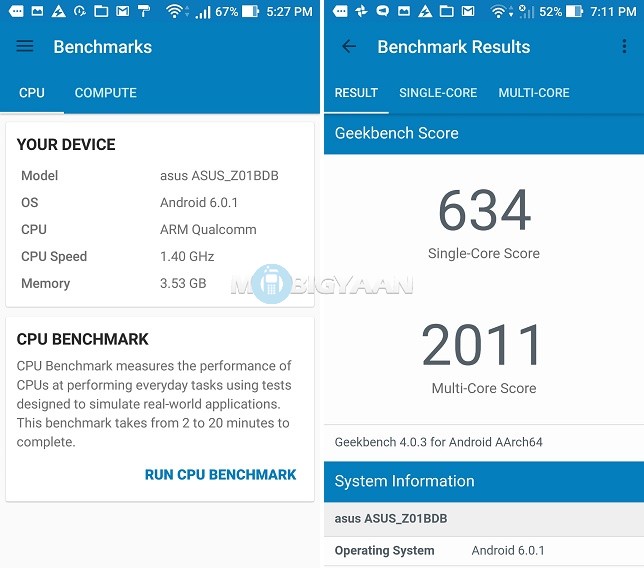
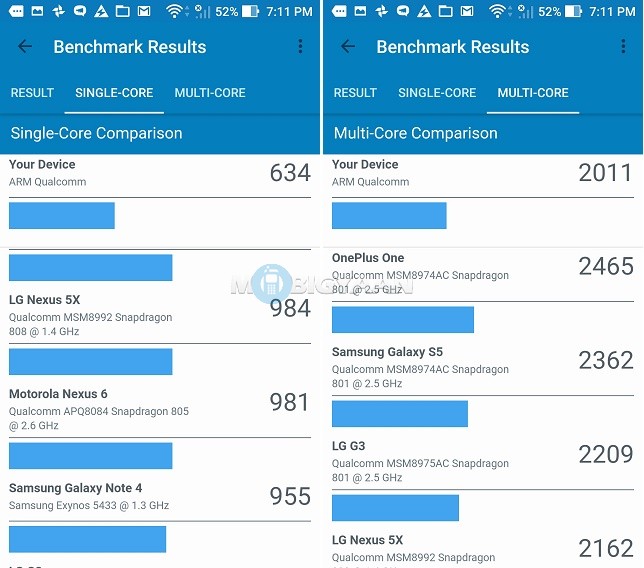
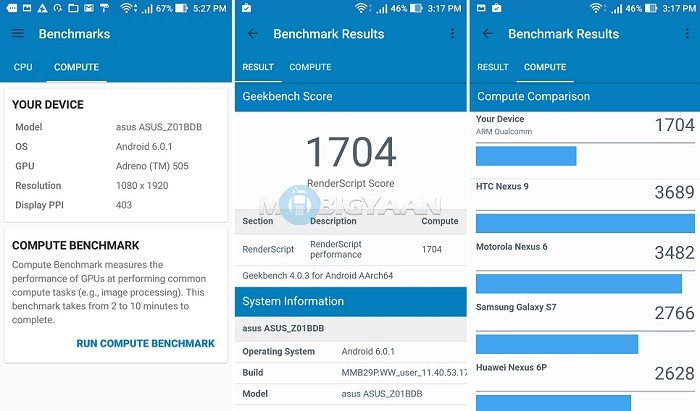
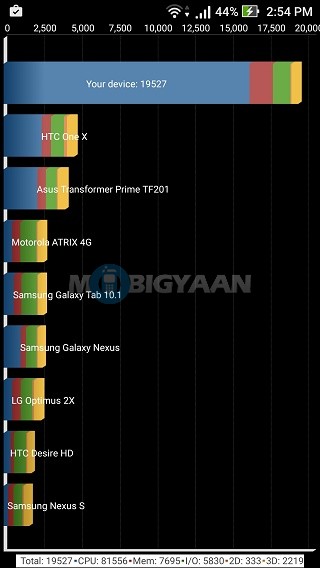
I would simply avoid this hardware if I want to run graphic intensive games. If you are a gamer, you might want to go for a better one. Adreno 505 is suited for entry level games and can run it without any problems or lags. Games like Bad Land 2, Trials Frontier, Angry Birds Rio, and Sonic Dash ran just fine with no lags.
There is a game recording software (a ZenUI 3.0 trait) that records all the games you play and can broadcast it live on YouTube and Twitch. It can also be saved in the gallery for later use and upload on multiple platforms. Do note that the framerates will be lowered down significantly while recording games or simply the phone may perform slowly during that.
Games Tested on ASUS ZenFone 3 Laser:
- Sonic Dash
- Angry Birds Rio
- Bad Land 2
- Trials Frontier
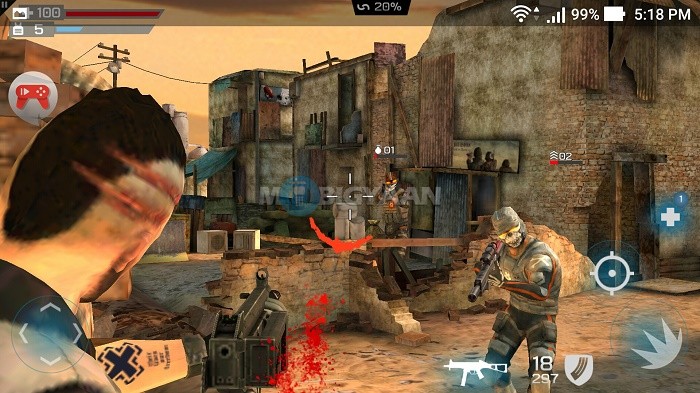
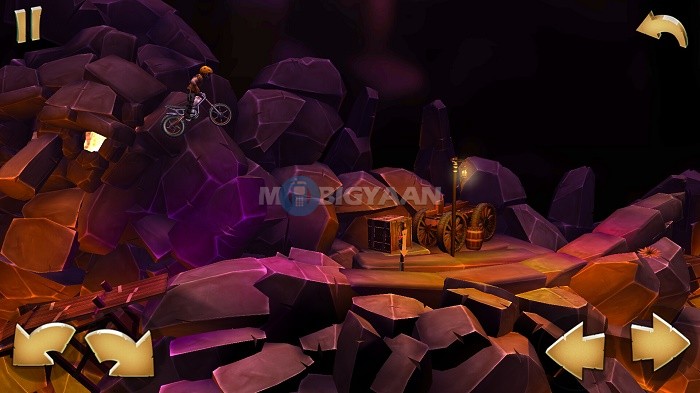
Storage and Connectivity
ASUS ZenFone 3 Laser comes with 32 GB internal storage. You get around 24 GB free space from that, the remaining 8 GB is reserved for the Android system. No worries if you think 32 GB is less, expand the storage with a MicroSD card if you want.
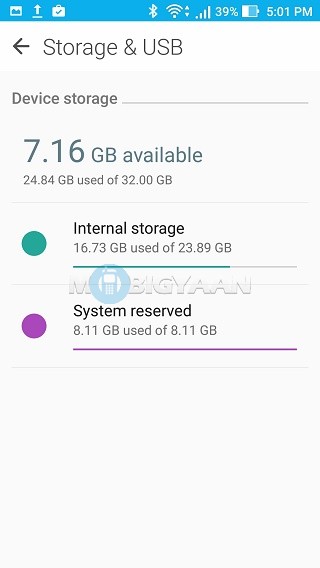
The storage benchmarks we got are as follows. A1 SD Bench gave 270.59 MB/s (sequential read) and 139.19 MB/s (sequential write); 48.08 MB/s (random read) and 8.88 MB/s (random write). On A1 SD Bench, we got 138.53 MB/s read speed and 142.44 MB/s write speed. The storage performance is very close to ASUS ZenFone 3.
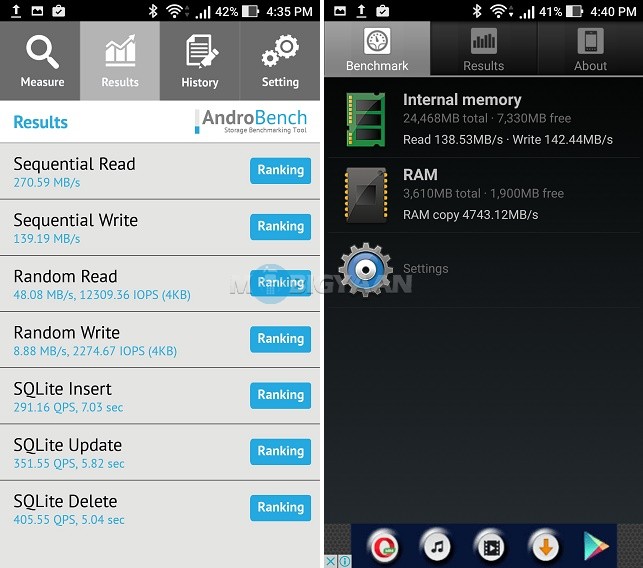
ASUS picked up a standard USB port for ZenFone 3 Laser, not the USB Type-C. Other connectivity options on the phone include Wi-Fi 802.11 b/g/n, Bluetooth 4.2, A-GPS, GLONASS, BDS.
Cameras
ASUS Zenfone 3 Laser equips a 13 MP f/2.0 camera with laser autofocus and dual-tone LED flash. The front camera for selfies is of 8 MP. The camera already offers loads of features and modes. It uses Pixel Master technology to give you the best camera results from a phone.
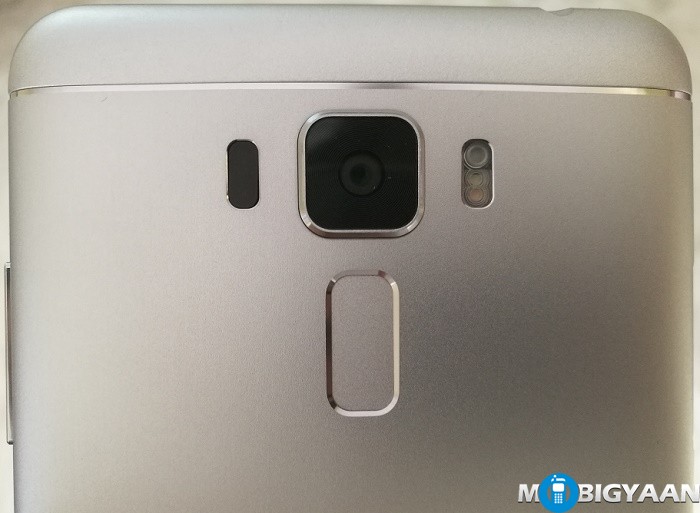
ASUS Zenfone 3 Laser Camera Specifications
- Camera: 13 MP f/2.0 laser autofocus
- Optical Image Stabilization (OIS): N/A
- Rear Flash: Dual-tone LED flash
- Features: Geo-tagging, Tap to Focus, Manual, HDR Pro, Beautification, Panorama, Slow Motion, Time Lapse, Smart Remove, Burst Shot, Super Resolution, Low Light, Night, Depth of Field, GIF Animation, QR Code, Time Rewind, All Smiles, Smart Remove, Children, Selfie, Effect, Miniature
- Video Recording: Up to 1080p @30fps video recording, Slow Motion 480p@120 FPS, HDR Support
- Front Camera: 8 MP, f/2.0
- Video Recording: Up to 1080p @30fps
- Front Flash: No
The camera supports various modes such as Pro HDR, Manual, Beautification, Panorama, Slow Motion, Super Resolution, Low Light, Depth of Field, GIF Animation, QR Code, Time Rewind, Smart Remove, and much more. The camera lacks OIS support.
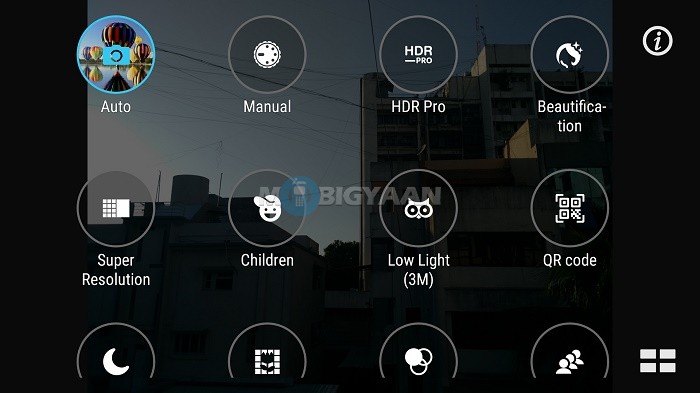
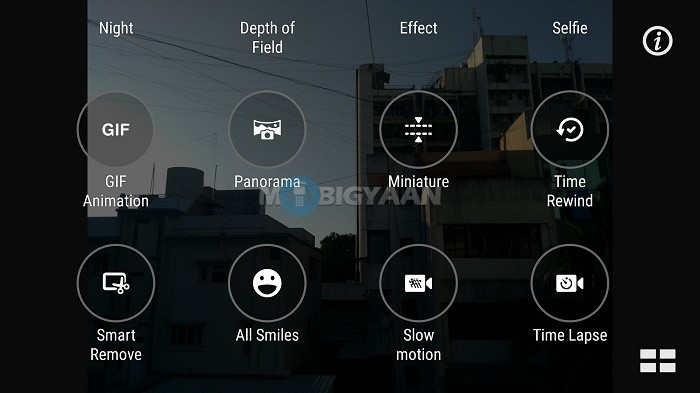
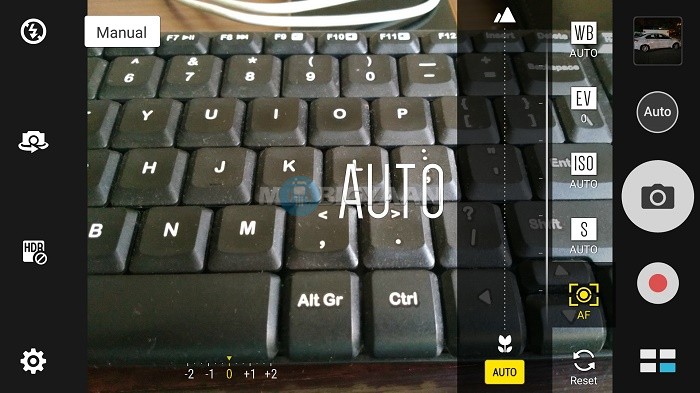
ASUS ZenFone 3 Max Camera Samples
Check out the samples we have taken from ASUS ZenFone 3 Laser.
You will find a manual mode shortcut on the camera interface to quickly switch to the Pro/Manual mode. The manual mode supports the manual autofocus, ISO, White balance, and etc.
We got the best images under daylight conditions, the camera performs very well when in snapping images on a bright sunny day. The HDR may be overbright the image sometimes otherwise the results are exceptionally good.
The laser autofocus is really fast. Due to it, the objects appear to sharpen and with detailed quality. On the other hand, the low light shots also look good, I didn’t see much of noise in the image and the details can be seen. As you can see from the sample, the auto mode image appears to be dark, but upon choosing the Low light mode gives the exposure and makes the image look better.
The 8 MP front camera produces some good selfies in most daylight. The front camera also comes with several modes. Both the cameras can record up to 1080p videos. The rear camera can also shoot slow motion videos.
Battery Runtime
ZenFone 3 Laser packs a 3000 mAh battery which seems to be a common number for most devices. However, the battery performance varies from phone to phone. We have tested many phones with 3000 mAh battery and ASUS ZenFone 3 emerged with better battery backup than most.
Running on moderate usage, the phone can easily last to 1.5 to 2 days and that sounds interesting to me. Sometimes it may also run more than 2 days but it all depends on how frequently you unlock the phone to check a notification. My minimum usage had led me more than 2 days battery backup. Please note that prolong use of the phone may drain the battery fast, if you use the phone heavily, the battery runtime differs. The battery modes come handy giving more battery juice.
Surprisingly, it doesn’t charge the phone fast. Phones like OnePlus 3 are now getting charged faster, ASUS should have provided a fast charger.
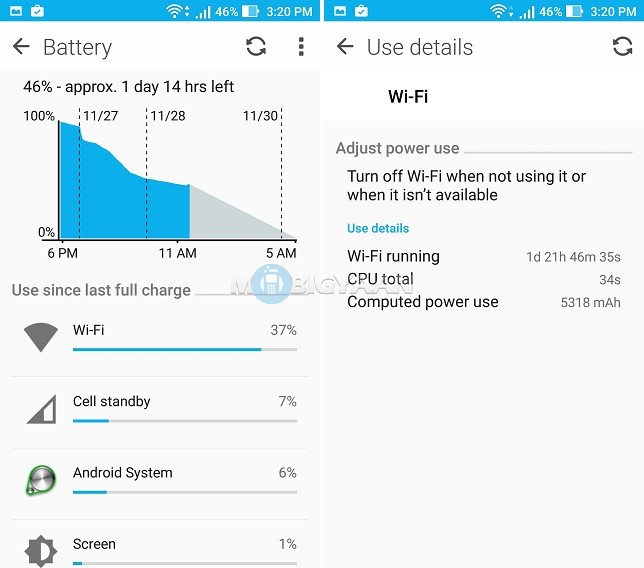
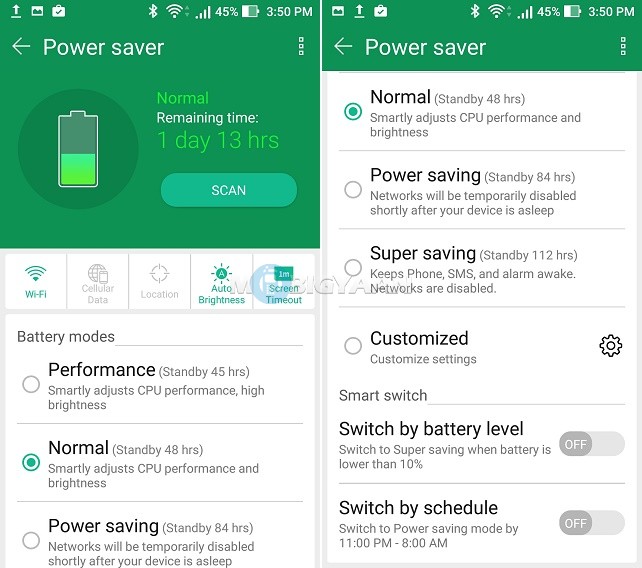
ASUS ZenFone 3 Max Battery Test Table
[table id=69 responsive=flip /]
Verdict
A premium looking phone from such a recognized brand can be better off competing for the spec-oriented devices. Not saying that the ZenFone 3 Laser is underpowered by its specs, people do expect other things rather than just specs. A good camera, a great design along with a better display and better battery backup, a phone that fits well in the hands may not be found in the phones that boast its hardware.
That said, spending nearly ₹20,000 on a phone, I would like to get at least a midrange CPU and hardware just like ZenFone 3 instead of an entry level hardware with 2 GB RAM. Also, its slow charging can be a problem for people. But again, overall design and camera point of view, the phone itself is under winning streak. Consider it if you are the one who wants a nicely designed phone with good camera package and a decent battery life. It can be a great alternative to ASUS ZenFone 3.
Strength
- Sleek Metallic Build
- Very Light in Weight
- Promising Camera
- Long Lasting Battery Life
- Fast Fingerprint Scanner
- Decent Loudspeakers
Weakness
- Weak Battery Charger Provided

